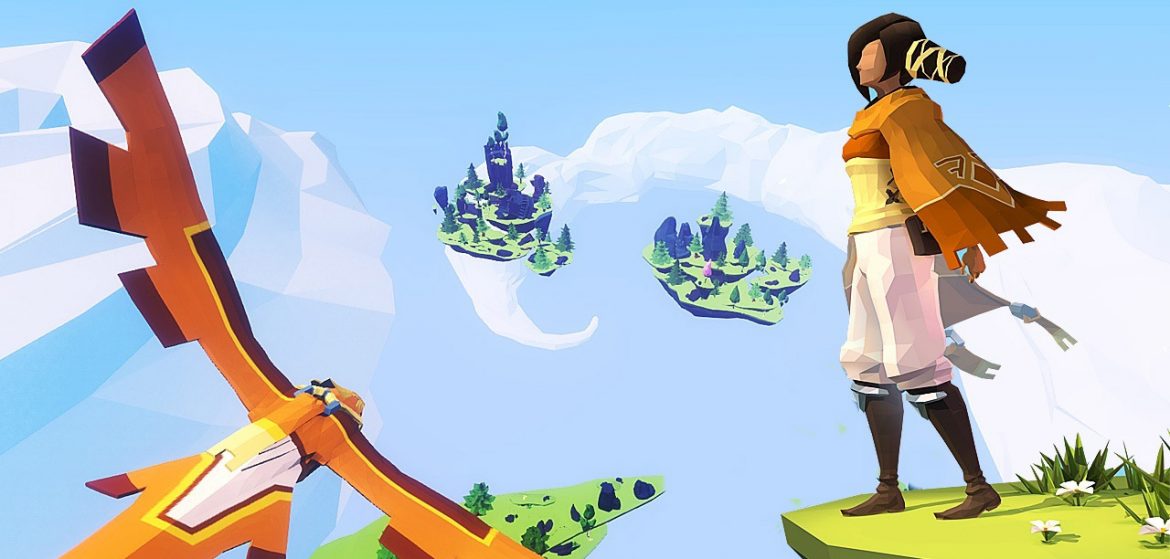TL;DR
Soar through a world as a bird in AER: Memories of Old, a game that prioritizes meditative exploration and puzzle-solving over a strong narrative. While its unique, angular art style and freedom of flight are charming, be prepared for a disorienting lack of clear direction and quest markers. If you enjoy uncovering secrets at your own pace and find beauty in open-ended discovery, this could be for you. However, those who prefer explicit guidance might find it frustrating. Intrigued by this blend of freedom and ambiguity? Dive into the full review to see if AER is your next adventure.
If the ability to transform into a bird and freely explore the world, encountering new characters and solving puzzles, appeals to you, then AER: Memories of Old might be an engaging experience. However, those seeking a game with a clearly defined plot and explicit direction may find it deviates from conventional expectations.
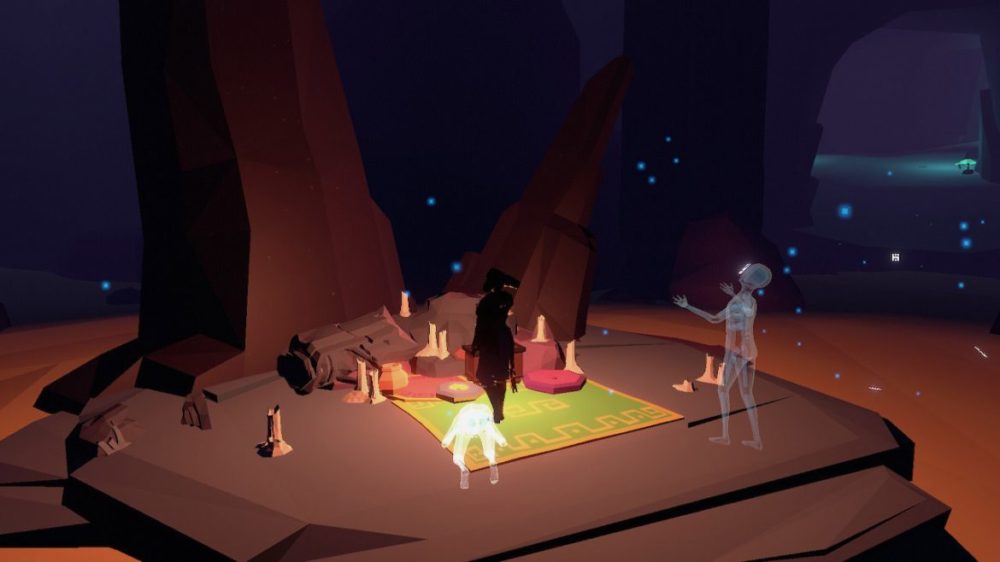
The initial hours of AER: Memories of Old can be disorienting, prompting questions such as: “Where am I supposed to go?”, “What is the objective?”, and “What actions are required?” This sense of ambiguity, however, appears to be intentional. The challenge lies in whether the game’s aesthetic and intrinsic intrigue are compelling enough to motivate players to invest time in discovering its puzzles, characters, and lore. Games like Red Dead Redemption 2, with their intricate detail and visual fidelity, offer a different experience, where exploration and emergent gameplay can be satisfying even without explicit narrative progression.
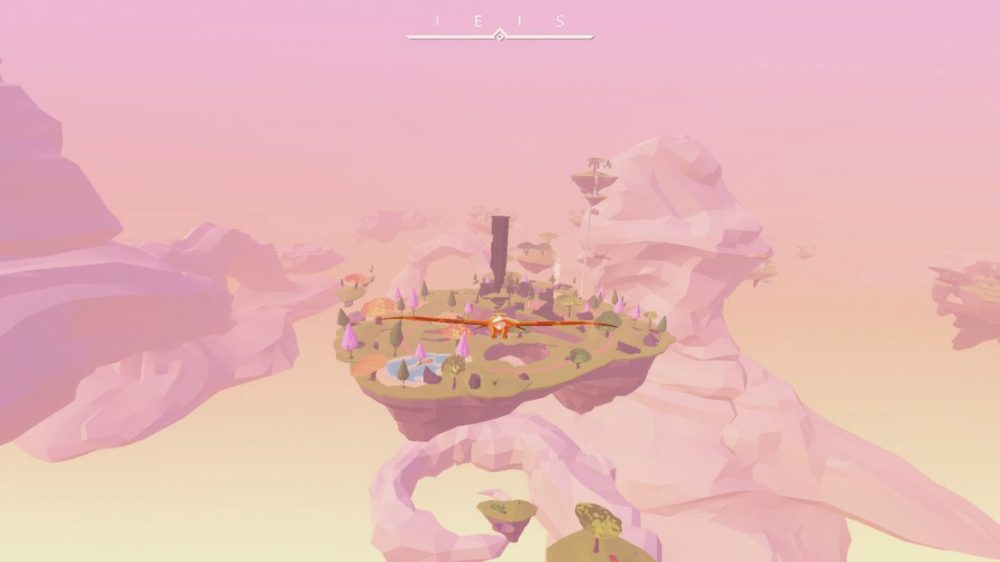
The game features a map; however, it lacks labeled locations, quest markers, or indicators of the next objective. While this design choice promotes a sense of freedom, it can also lead to frustration. Should players lose track of their current task or destination, revisiting the original quest giver (if they can be located) is necessary to obtain the information again.
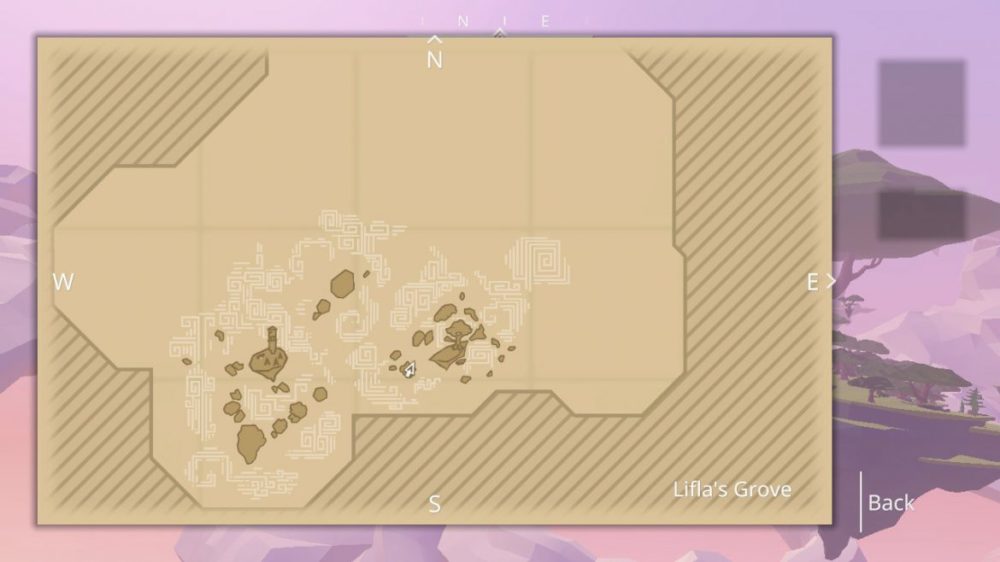
AER: Memories of Old employs a distinct graphical style characterized by angular shapes and simplified models. The movement and overall feel of the game are generally positive, especially when in bird form. However, the simplicity of certain models can result in a somewhat basic visual presentation.
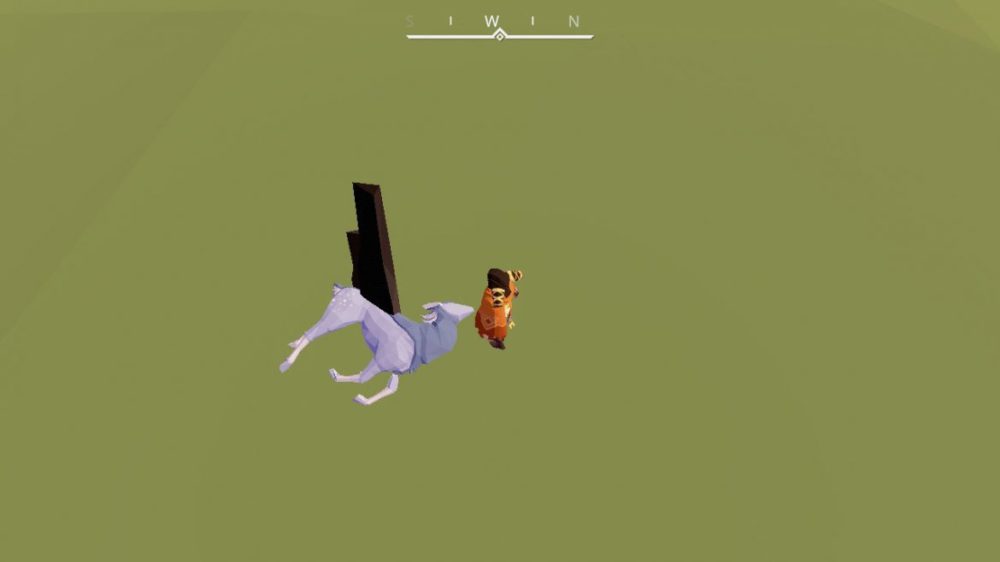
Originally released in 2017 for PC and Mac, AER: Memories of Old has been ported to consoles, including the Switch, Xbox One, and PS4. The Switch version, which was evaluated for this review, performs well in both portable and docked modes.
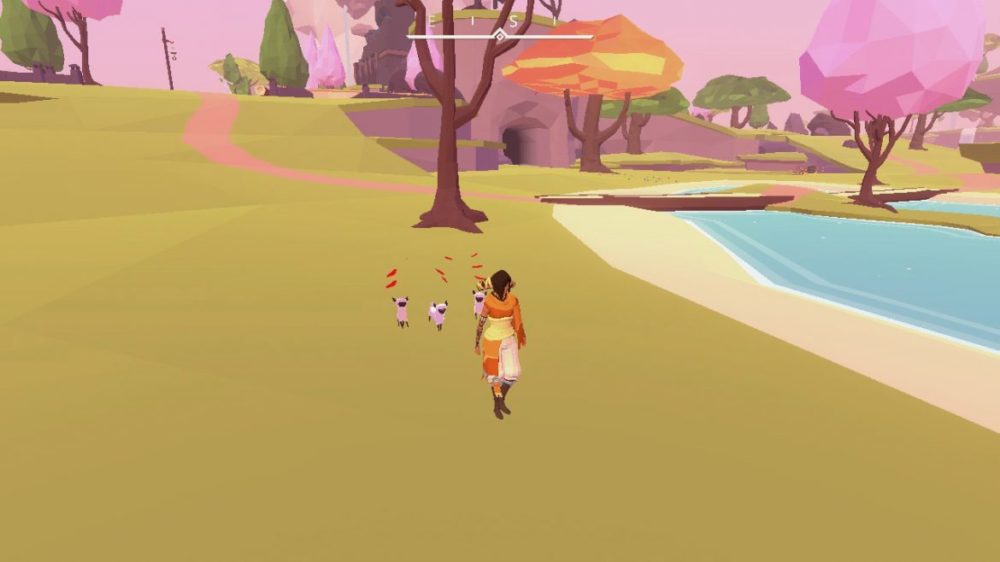
In conclusion, AER: Memories of Old is not a universally appealing title, but its meditative gameplay and the joy of aerial exploration offer a unique experience. Improvements to the graphical fidelity and a more clearly defined sense of direction would enhance the game’s overall appeal. Despite these limitations, it remains a worthwhile experience.
